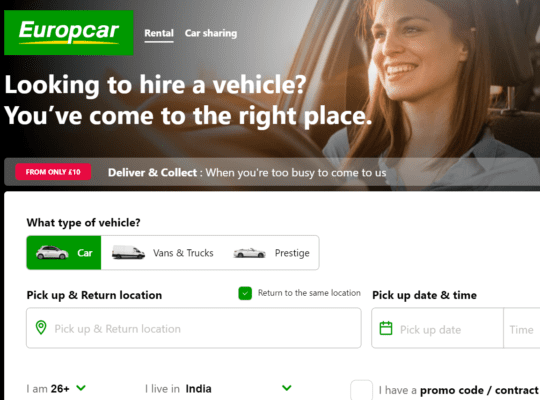When you’re planning your next vacation, don’t forget to pack some essential documents with your car! These can include your driver’s license, registration, proof of insurance and more. Here are five documents you’ll need when traveling with your car.
What Documents to Take When Traveling with Your Car
1. Your car registration and proof of insurance.
2. A Drivers License or other identification document.
3. Proof of car ownership, such as a title or registration.
4. Vehicle inspection report if the car is more than 6 months old.
5. Proof of purchase, such as ainvoice or receipt from a dealership or seller.
6. Passport and visa if traveling outside your home country
7. Credit card information in case you are stranded without funds
8. Maps of the area you will be visiting
9 . Phone number for your mechanic or towing company in case of an emergency
How to Pack Your Car for a Road Trip
1. Make a list of what you’ll need before your trip – This will include things like your driver’s license, registration, proof of insurance, and a map of the area you’ll be traveling in.
2. Check fluid levels and tire pressure – Make sure all fluid levels are topped off and the tires are at the recommended pressure levels.
3. Clean the inside and outside of your car – Dust and dirt can accumulate on surfaces over time, making your car look dirty and old even if it’s clean on the outside.
4. Store any excess baggage or items you won’t need while on your trip – This will help keep your car free from clutter while on the road.
5. Arrange transportation to and from the airport – If you’re flying in, make sure to book transportation ahead of time so you don’t have to worry about it when you arrive.
6. Pack a first-aid kit – In case something goes wrong while on your trip, having a first-aid kit nearby will make things easier for yourself and those around you.
Tips for Staying Safe while Driving
1. Print out your car registration and proof of insurance
2. Make a list of the phone numbers for roadside assistance, tow trucks, and police
3. Store any important documents, such as your passport or driver’s license, in a safe place
4. Use a GPS system to keep track of your location while driving
5. Keep an eye on the weather conditions and be prepared for sudden storms or changes in temperature
6. Carry a first-aid kit and emergency flares in case of an accident
7. Drive at a moderate speed and use caution when turning corners or merging onto busy roads
The Best Time of Year to Drive
When traveling with your car, make sure to have the following documents handy: a driver’s license, registration, proof of insurance, andvehicle inspection report. The best time of year to drive is during fall and winter because the weather is generally milder and traffic is lighter. In summertime, it can be hot and there tends to be more congestion on the roads.
The Worst Times to Drive
The best times to drive are during the early morning or late at night, when there are few people on the road. The worst times to drive are during rush hour, when traffic is congested and you’re likely to experience traffic accidents.









